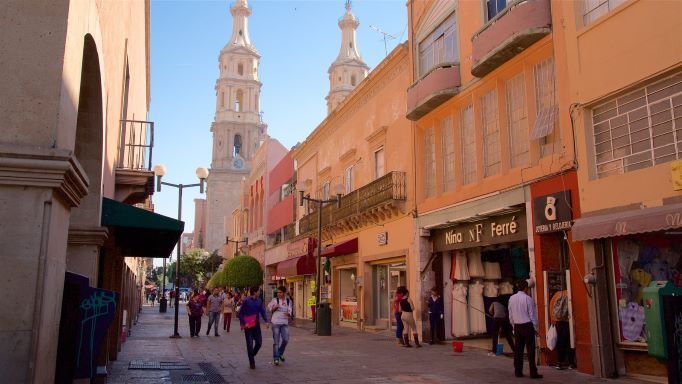León, Guanajuato, Mexico: Capital of Footwear and Leather
Leon is the state capital and the largest city in a broad region in the middle of the country because of its thriving manufacturing, service, social, and tourism sectors.

Due to its great industrial, service, social, and tourist attractions, Leon has become the main city of the state and a large region in the center of the country.
In recent years, the city of León has become one of the most popular places for business meetings as well as regular tourists. This is because of its hotels, services, fairgrounds, restaurants, different attractions, and educational, cultural, and commercial centers, especially for shoes and leather goods.




